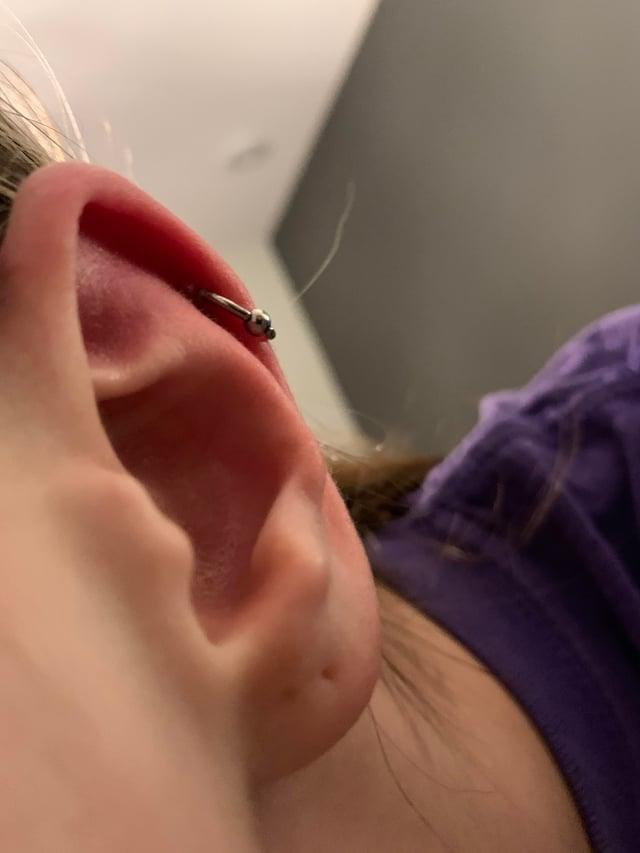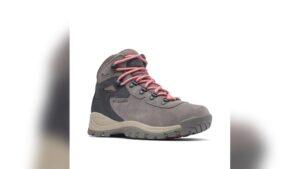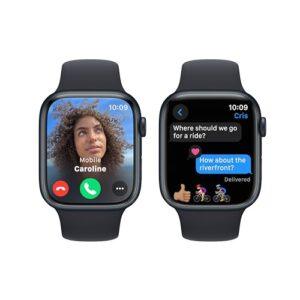Have you noticed a crusty buildup around your earring hole and wondered what’s going on? It can be uncomfortable and a little worrying when your piercing doesn’t look or feel right.
You might ask yourself if it’s normal, if it means an infection, or what you should do next. Understanding why your earring hole is crusty can help you take the right steps to heal it quickly and avoid any complications.
Keep reading to find out the common causes and simple solutions to get your piercing back to healthy and pain-free.

Credit: www.reddit.com
Common Causes Of Crusty Earring Holes
Infection and inflammationcan cause a crusty earring hole. Bacteria enter the pierced skin and cause redness, pain, and pus. This often happens if the piercing is new or not cleaned well.
Allergic reactionsoccur when the skin reacts to metal in the earring. Nickel is a common cause. The skin may become itchy, swollen, or crusty around the hole.
Poor hygienemakes it easy for germs to grow. Dirty hands or earrings can spread bacteria. Cleaning the piercing gently with salt water helps keep it safe.
Irritation from jewelry materialshappens when earrings are too heavy or made of rough metals. This can cause rubbing and soreness. Using hypoallergenic, lightweight earrings can reduce irritation.
Signs To Watch For
Redness and swellingaround the earring hole can mean irritation or infection. The skin may look puffy and feel warm to touch. Watch for these signs as they often come first.
Discharge and odorare clear signs of infection. Yellow or green pus may come from the hole. A bad smell often follows. Clean the area gently and avoid touching it too much.
Pain and tendernessmake it hard to wear earrings. The hole may hurt or feel sore. Even light touch can cause discomfort. This pain often means the skin is healing or infected.
Daily Care For Earring Holes
Clean earring holes gently every day to avoid crustiness. Use a cotton swab dipped in warm salt water or mild soap. Dab around the hole carefully, without forcing anything inside. Dry the area softly with a clean cloth or tissue.
Choose earrings made of hypoallergenic materialslike surgical steel, gold, or titanium. These metals reduce the chance of irritation and infections. Avoid cheap or metal-plated earrings that cause allergic reactions.
Avoid touching or twisting earrings often. Dirty hands bring bacteria to the hole, causing crusts. Keep hair, makeup, and sprays away from the pierced area. These can irritate the skin and slow healing.

Credit: www.reddit.com
Home Remedies To Soothe Crusty Piercings
Saline solution soaksgently clean the piercing. Use warm water mixed with salt. Soak a clean cotton ball and press it on the hole for 5-10 minutes. This helps remove crust and soothes irritation.
Warm compressesreduce pain and swelling. Use a warm, damp cloth and hold it on the piercing for a few minutes. Repeat 2-3 times daily to help the skin heal faster.
Over-the-counter treatmentslike antibiotic ointments can prevent infection. Apply a small amount carefully around the hole. Avoid using too much, as it can slow healing. Always keep the area clean and dry.
When To Seek Medical Help
Severe infection signsinclude redness, swelling, and intense pain around the earring hole. Pus or yellow crust might appear. Fever can also mean infection has spread. These signs need immediate medical attention.
Persistent symptomslike long-lasting redness, pain, or crusting that do not improve after a week should be checked by a doctor. Sometimes, the skin can get irritated from earrings or cleaning products.
For allergic reactions, removing the earring is important. Using hypoallergenic earringscan help prevent future problems. A doctor may suggest creams or medicines to reduce itching and swelling.

Credit: www.reddit.com
Preventing Future Issues
Cleaning your piercing twice daily with saline solution helps prevent crustiness. Avoid touching or twisting the earring to reduce irritation and infection risk. Choose jewelry made from hypoallergenic materials, like surgical steel or titanium, to avoid allergic reactions and discomfort.
Keep your piercing dry and avoid swimming in pools or lakes during healing. Gently pat the area dry after cleaning to avoid moisture buildup. Replace earrings only after the hole is fully healed to prevent damage.
Wash hands thoroughly before touching the piercing to stop bacteria from spreading. Avoid using alcohol or harsh chemicals, as they can slow healing and cause dryness. Regular care and patience help your piercing stay healthy and pain-free.
Frequently Asked Questions
Why Is My Earring Hole Crusty After Piercing?
Crustiness after piercing is normal as the skin heals. It is dried lymph fluid mixed with dead skin cells. Avoid touching or removing crusts to prevent irritation or infection.
Can A Crusty Earring Hole Indicate Infection?
Yes, crustiness combined with redness, swelling, or pain may signal infection. Clean the area gently and consult a healthcare professional if symptoms worsen.
How Can I Prevent Crusty Buildup In Earring Holes?
Keep your earring hole clean by washing gently with saline solution daily. Avoid using alcohol or hydrogen peroxide, which can delay healing and cause dryness.
When Should I Worry About A Crusty Earring Hole?
Seek medical advice if crustiness lasts beyond a few weeks, or if you experience severe pain, swelling, or pus. These signs may indicate infection requiring treatment.
Conclusion
Crusty earring holes often mean your body is healing or reacting. Clean the area gently with saline or mild soap daily. Avoid touching or twisting the earring too much. Watch for signs like redness, swelling, or pain. These might need a doctor’s advice.
Keeping your earrings and hands clean helps prevent infection. Patience is key; healing takes time. Taking care now keeps your ears healthy and comfortable. Simple steps make a big difference in earring hole care.

Madison Clark is a footwear expert and the voice behind MyStyleGrid.com. She specializes in honest shoe reviews, style tips, and practical guides to help readers find the perfect pair for any occasion. With years of experience in blogging and content creation, Madison makes footwear knowledge simple, stylish, and easy to follow.







